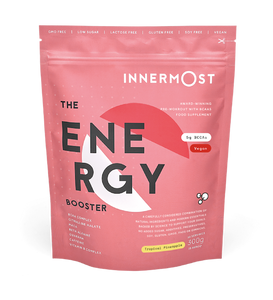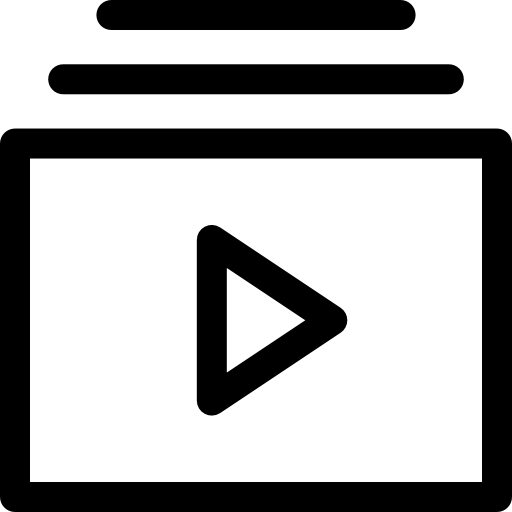Self-improvement can be a big part of why we exercise, and some of us may be pushing our bodies through sweaty workouts in the hopes of losing a few pounds. But unfortunately, it takes more than just the same regular exercise routine to lose weight.
The culprit behind this disappointing fact of life can be explained through the results of a study in Current Biology. It concluded that as your body gets used to working out, you stop burning as many calories as you did when you first started. In the study, researchers examined the physical activity levels of 300 women and men, looking at the number of calories they burned every day. They discovered that while people who were moderately active burned around 200 more calories a day than those who were sedentary, the most physically active participants didn’t burn any more calories than those were only moderately active.
In effect, this means that once you’re exercising at a steady rate and have been for a while, your body adapts to the demands you’re placing on it and becomes more efficient, meaning that you burn fewer calories.
To avoid this conundrum, which is exceptionally unhelpful if you’re exercising to lose weight fast, follow these rules on how to lose weight with exercise.

Use the FIIT technique
We’ve all heard of HIIT (and we’ll get back to it later), but this is different. FIIT stands for frequency, intensity, time, and type, which together make up to the four factors of a workout and the amount of stress you put your body through each time you hit the gym. If your workout is always the same, these four factors will be the same, and your body will adapt to what you’re putting it through, meaning the number of calories you burn will drop over time.
However, if you change one of these four elements, your body will be surprised and challenged, and be forced to adapt to what you’re doing. You should aim to change up one of these FIIT variables every one or two months, which will ensure your body doesn’t start to plateau.
Eat well
Looking for the answer on how much exercise to lose weight? The solution isn’t solely found in the gym, but in the kitchen. Even if you’re smashing your fitness plan every single day, if you’re coming home and also smashing processed foods high in sugar, fat, salt every single day, then the amount of exercise you’re doing for weight loss won’t matter.
When you’re exercising to lose weight fast, you have to operate in a calorie deficit. You won’t lose even a single kilogram if your calorie expenditure is the same as the number of calories you’re consuming.
What’s more, if you’re not eating a balanced diet high in nutritious foods and plenty of fruit and vegetables, your workouts will feel harder as it’s likely that you’ll be feeling sluggish and tired. Check out Innermost’s food section for some diet inspiration and focus on eating plenty of protein, healthy fats, complete carbohydrates and those all-important vegetables and fruits.
HIIT
Ah yes, back to HIIT. We all know that it’s good for you, but high intensity interval training truly is the way to go if you’re looking for how to lose weight with exercise. In a study from 2013 at the University of Wisconsin-La Crosse, researchers found that people who participated in a 20 minute HIIT workout burned around 15 calories per minute, which is twice as many as they burned during long runs.
HIIT workouts also provide that coveted after burn effect - and no, we’re not talking about when you wake up the next day with legs too sore to walk up the stairs. Working out in intense bursts means your body burns more calories for longer, sometimes up to 40% more throughout the day after you work out, as your body recovers.
To burn those calories, we recommend putting in all out effort for 20 seconds, followed by 10 seconds of rest, repeated for four minutes. Rest for one minute before repeating the process again three more times - and watch the pounds start falling off you.
Try weightlifting
It’s an incontrovertible fact that the more muscle you have, the more calories you burn. A pound of body fat burns only two calories per day (what a slacker), while a pound of muscle not only burns six calories, but takes up far less room on your body.
If you’re more of a cardio person than a weights one, check our guide to getting started with weightlifting. It’s not nearly as intimidating as you think, as you’ll look impressively muscular in no time at all.
Fuel up
When you’re working hard to exercise to lose weight, it can feel like an easy win to start dropping your pre and post workout nutrition plan. After all, the fewer calories you take in, the more weight you’ll lose, right? Wrong.
Research shows that consuming carbs before hitting the treadmill improves your performance during workouts, which will mean that you burn more calories both during and after your session.
Correctly fuelling your body after you’ve finished working out will also enable your muscles to recover, keeps your energy levels up and means your body will burn more calories as your body repairs itself. So reach for that bag of Innermost’s The Lean Protein, which is specifically formulated to encourage healthy fat loss, reduce food cravings and support the growth of muscle.



















